On a clear spring morning over the Gulf of Mexico, a routine fish-spotting flight ended in heartbreak. What began as a standard aerial observation mission transformed into a sobering lesson in decision-making, human factors, and the hidden dangers of impairment in aviation.
Let’s walk through the sequence of events that led to the loss of a skilled pilot—and what we can all learn from this tragedy.
The Pilot and His Mission
The pilot at the center of this story was no rookie. At 33 years old, he held a commercial pilot certificate with airplane single-engine land and instrument ratings. He had amassed an impressive 8,000 total flight hours, including 3,000 hours in the Cessna 182T—the very aircraft involved in the accident. His most recent FAA medical exam, just over a month prior, noted no waivers or limitations. He’d logged about 200 hours in the past 90 days and 185 in the past month, a testament to his active flying career.
On May 24, 2023, the pilot took off from Ocean Springs, Mississippi, around 8:05 a.m., in his Cessna 182T (N577TZ). The mission: support a fishing operation off the Louisiana coast by spotting fish from the air. Conditions were ideal—clear skies, good visibility, and calm winds. No flight plan had been filed, typical for this kind of Part 91 aerial work.
A Disturbing Shift in Behavior
For nearly three hours, ADS-B data showed the aircraft performing low-level maneuvers consistent with fish spotting. But behind the scenes, something was amiss.
Around 10:30 a.m., during a routine radio check-in, the pilot’s demeanor raised red flags. A boat captain working with him that day described the pilot as upset, agitated, and discouraged—behavior described as highly unusual. The pilot even laced his transmissions with profanity, a clear violation of company policy and out of character, according to those who knew him. The captain, sensing trouble, urged the pilot to land and take a break.
But instead of heading for a safe landing, the pilot radioed that he was going to fly north. That was the last time anyone heard from him.
Final Moments
At 11:01 a.m., the Cessna’s last ADS-B signal placed it about 1.8 miles offshore, cruising at a low altitude of just 175 feet above the water. There were no distress calls. No Mayday. Just silence.
When the aircraft failed to return, company personnel contacted the Coast Guard, initiating a search. The pilot’s body was found the next morning along the coastline. The aircraft itself remained missing until nearly two weeks later, when a shrimp boat’s net snagged the wreckage offshore.

The Wreckage Tells a Story
The recovered fuselage, engine, and other parts bore the scars of a low-speed, slight nose-down impact with the water. The damage pattern suggested no catastrophic failure—just a controlled flight into the sea. Notably, no preimpact mechanical malfunctions were found during the detailed post-recovery examination.
Among the wreckage, investigators made a striking discovery: an unopened can of White Claw Hard Seltzer lodged behind the instrument panel.
The Silent Saboteur: Alcohol
The toxicology report revealed the grim truth. The pilot’s system contained ethanol at levels around 0.25 g/dL across various tissues—over six times the FAA’s legal limit of 0.04 g/dL for flight operations. Although postmortem alcohol production is possible, the distribution of ethanol across tissues, combined with the pilot’s observed behavior, left little doubt: he was intoxicated.
The NTSB’s final conclusion? The crash resulted from the pilot operating the aircraft while impaired by alcohol, compromising his ability to safely manage the flight.
Safety Reflections: A Preventable Loss
This accident stands as a stark reminder that no amount of skill, experience, or good intentions can overcome the hazards of impairment. The pilot was, by all measures, highly capable—a seasoned pro with thousands of hours in the exact aircraft he flew that day. But alcohol clouded his judgment, dulled his reactions, and likely led to fatal decisions at low altitude where margins for error are razor-thin.
Equally sobering is the fact that warning signs were present. The boat captain recognized the pilot’s distress and urged him to take a break. But without immediate intervention or a more assertive effort to ground the flight, the tragedy unfolded.
Lessons for Every Pilot
✅ Impairment knows no skill level – No matter how experienced you are, alcohol’s effects are insidious and unforgiving.
✅ Peer intervention matters – If you see or hear concerning behavior from a fellow aviator, speak up decisively. Insist on safety.
✅ Low-level flight leaves no room for error – Operating near the surface of the ocean or terrain demands peak performance and full situational awareness.
✅ Company culture and safety policies – While the pilot violated company policy regarding radio conduct, this incident highlights the need for robust organizational safety nets, including support for pilots in distress.
A Tragic Reminder
The loss of this pilot wasn’t due to a mechanical failure or a freak weather event. It was the result of human choices—tragic and preventable. The aviation community can honor this pilot’s memory by taking these lessons to heart, ensuring that fitness for flight remains non-negotiable.

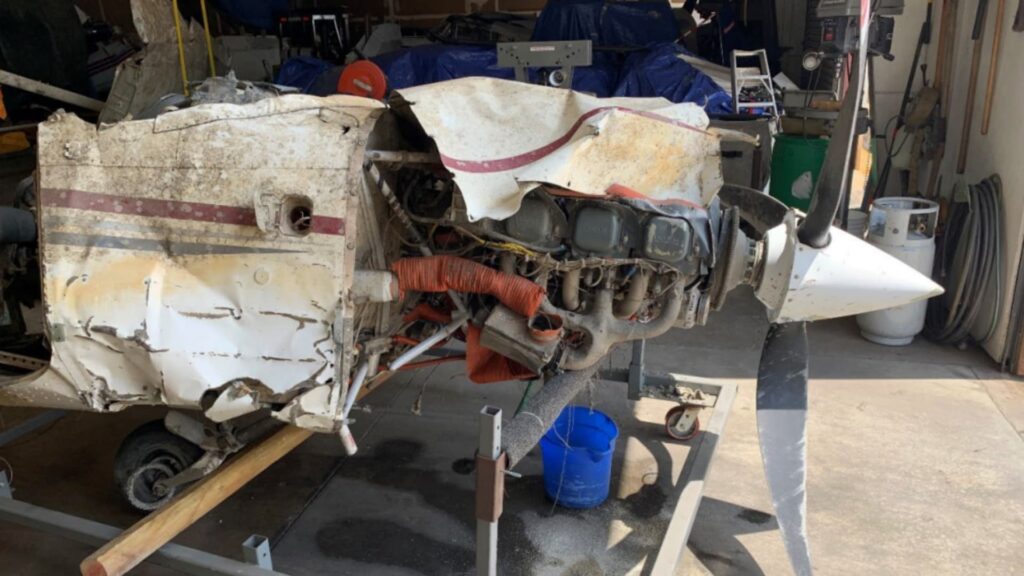



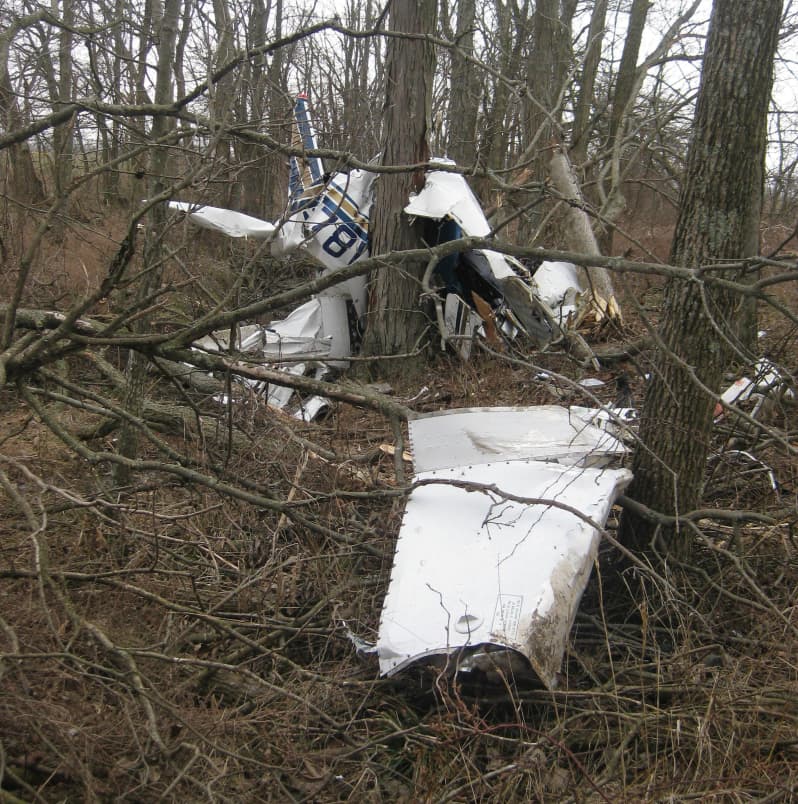
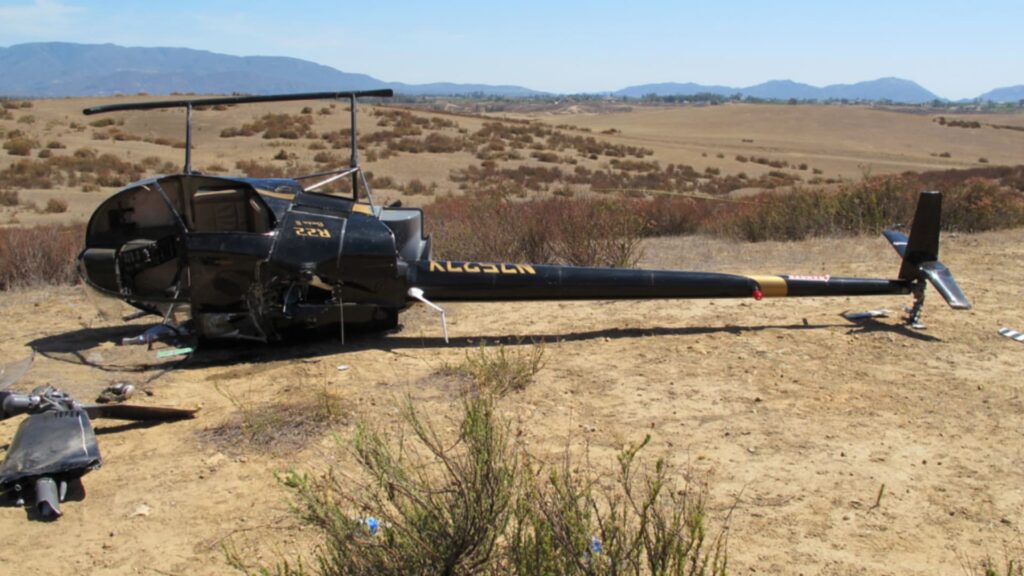

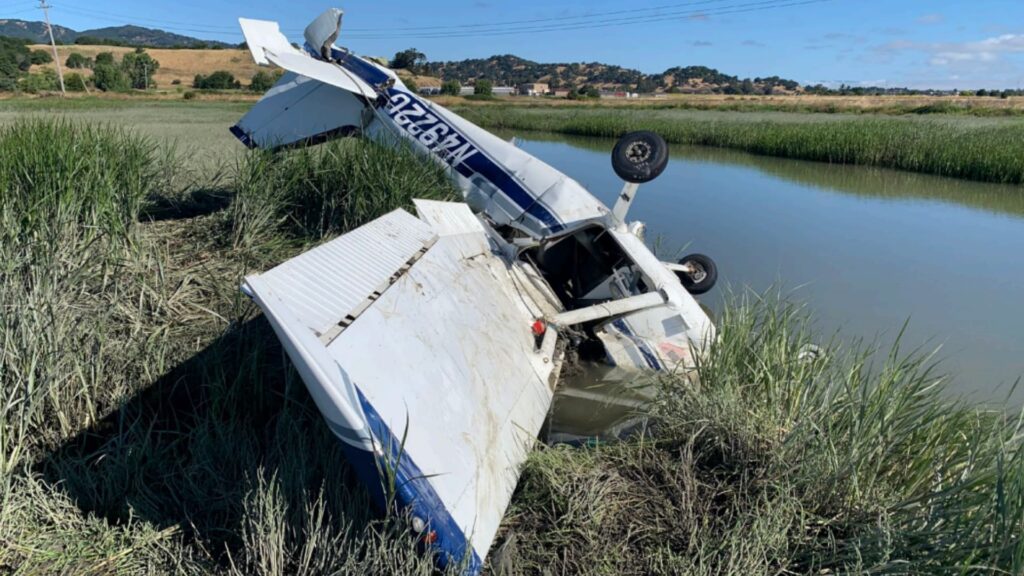
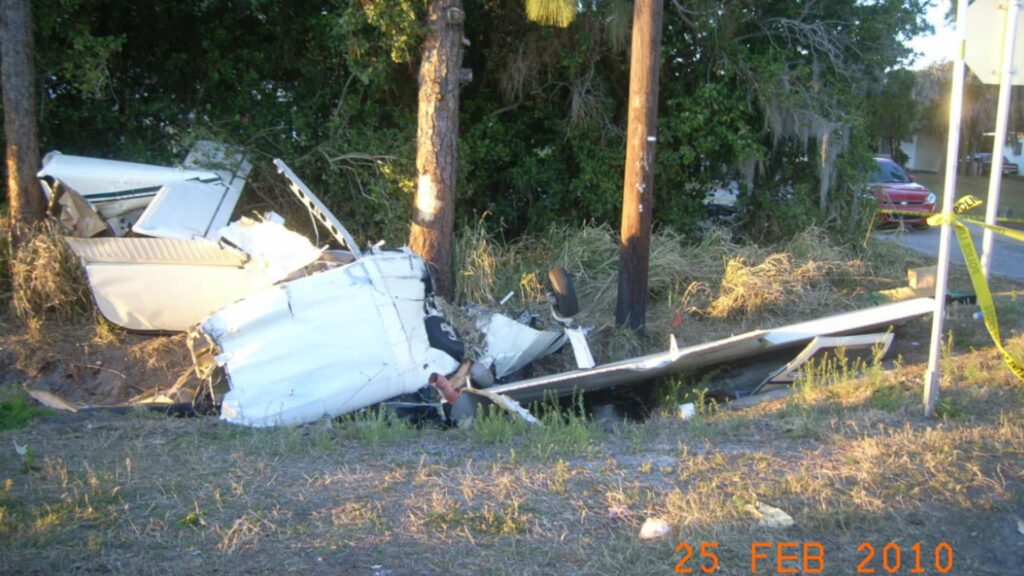
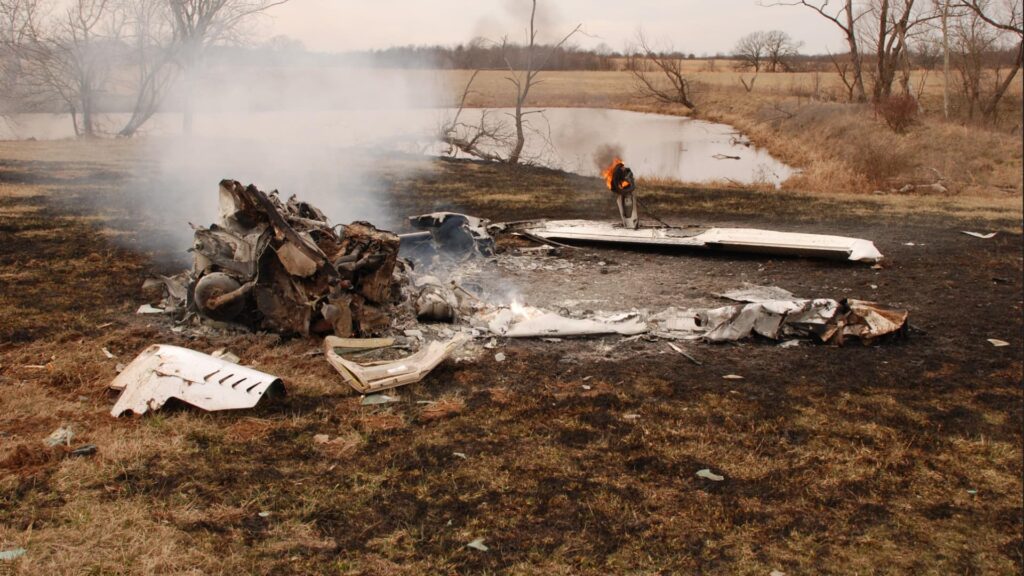
3 Comments
My name is Bobby Derusseau. It is a pleasure to introduce myself to you. First I want to tell you that I am not a pilot, but I do fly often on trips as a passenger. I just want to thank you for all the hard work you do to help other pilots and new future pilots. I do believe that you help save a lot of lives by keeping seasoned pilots and newbies informed on what has happened with each of these unfortunate accidents and what can be learned from them. You are not just helping other pilots, but you are helping the millions of passengers that put our trust into these pilots to get us safely to our destination. Thank you again for your service and I really enjoy watching your videos on YouTube.
Good words for an ongoing issue.
What happened to the (at least) 10 hours between bittle and throttle-rule?